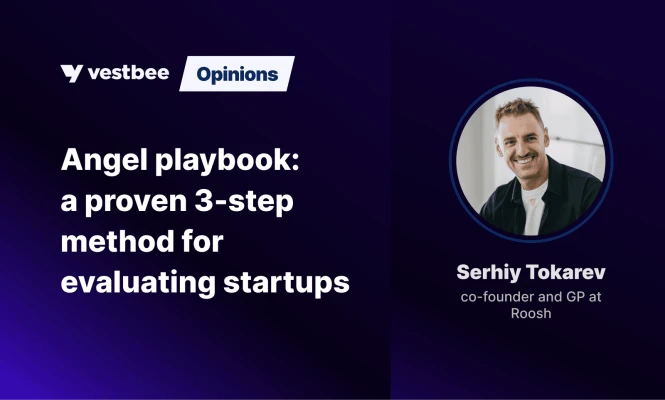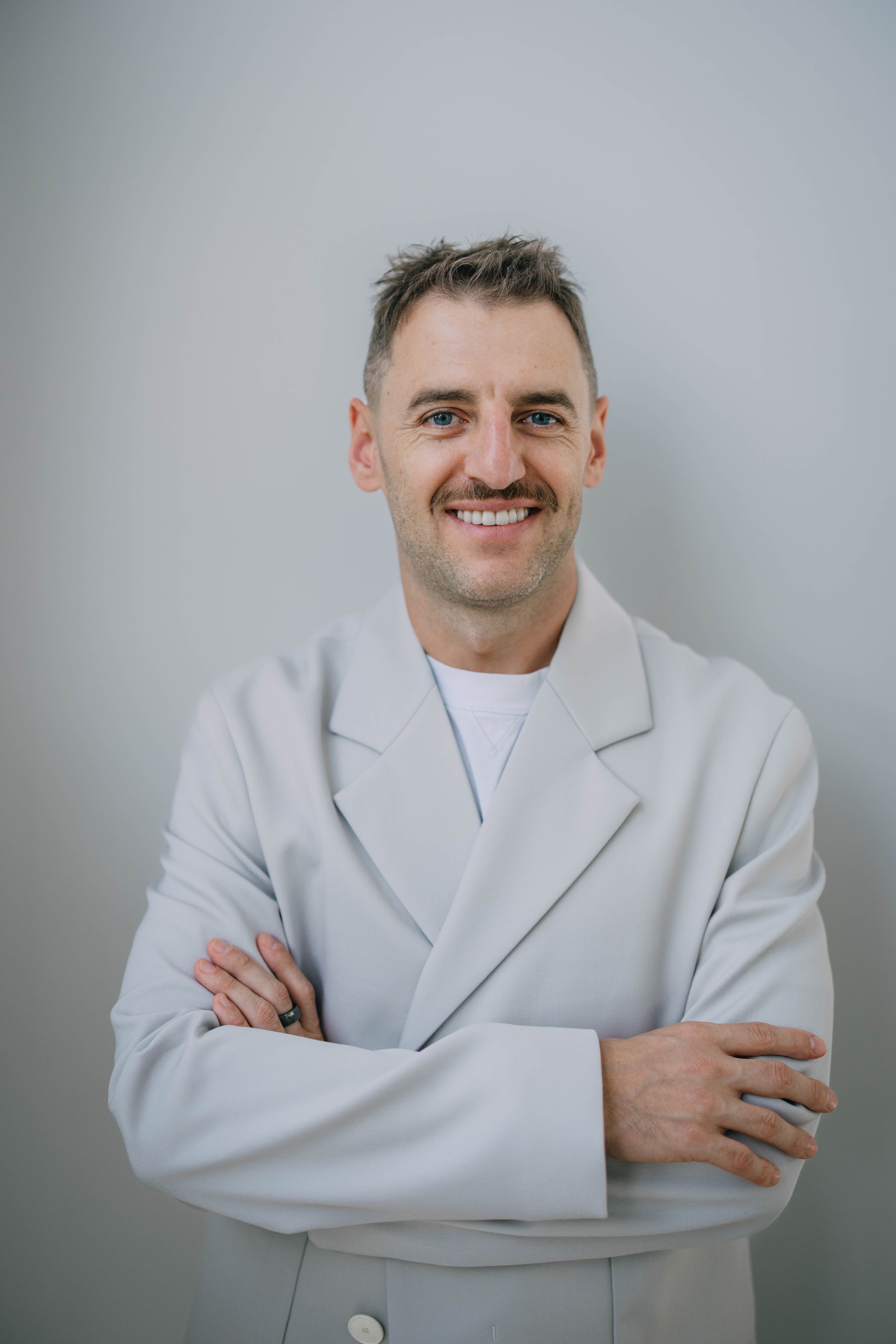Over the past few years, I’ve been directly involved in more than 100 deals, both as an angel investor and as a co-founder and General Partner at Roosh Investment Group. I invested in companies like Reface (the viral face-swap app that reached #1 in the US App Store and was later backed by a16z), Zibra AI (a deeptech company, also later funded by a16z), Arkis, GROPYUS, INPUT SOFT, BNext, Deus Robotics, and more.
At its core, angel investing is more than just deploying capital. It’s about sharing knowledge, experience, success, and failure. In many cases, founders don’t just need money — they need someone who listens, advises, and helps them navigate early challenges.
The hardest part of being an angel investor
Angel investing isn’t easy. It takes time, focus, and emotional discipline to stay connected, available, and informed.
But the hardest part, by far, is staying honest with yourself and not falling in love with the product. Because when that happens, it becomes dangerously easy to ignore the signals that don’t fit the narrative you want to believe. You start to justify, overlook, and rationalize.
Learning to stay clear-eyed, especially when you want to succeed, is one of the most important disciplines an angel investor can develop.
What I always do before I invest
1. Talking to the team
For me, due diligence starts (and often ends) with people. I meet the founders, ask questions, listen carefully, and watch how they respond. I want to know what drives them and how deeply they understand the problem they’re solving.
One of my go-to questions during these conversations is how they see the next 10 years of their life in the context of their company. The red flag is when a founder makes it clear they’re building with a short-term mindset, focused on a quick exit rather than long-term growth.
2. Testing the product myself
Next, I try to experience the product directly and see if it solves a real problem in my own life.
If the answer is yes, that’s a strong signal. If not, I think about whether it solves a problem faced by someone I know. I’ll talk to them and try to understand how the product might fit into their world.
Even when there’s no live product yet, I still do early testing. I talk about the concept with people I trust. If it resonates with them, that tells me the team is on the right track. But if people look puzzled, that’s a sign to go back and rethink the idea.
3. Consulting with people I trust
The third step in my process involves consulting with experts, and I always include at least one experienced CTO in the process. Their role is to challenge the technical assumptions, evaluate the stack, and ask tough questions about architecture, scalability, and long-term constraints.
Why failed investments aren’t setbacks
Early-stage investing is risky by design — around 70% of angel investments never return capital, and only a small fraction deliver meaningful returns. My own track record reflects that reality. Some companies have thrived, while others have shut down. But I’ve learned far more from the ones that didn’t make it. Each so-called failure has revealed blind spots, refined my instincts, and strengthened my judgment. They’re not setbacks — they’re the cost of learning how to invest better.
The real mistake isn’t failure — it’s paralysis. Overanalyzing every move or waiting for the perfect answer keeps both founders and investors stuck. Progress only happens when you act, learn, and adjust.
Angel investing іs a long game. One that requires conviction, resilience, and the humility to learn from every outcome. I continue to invest because I believe in builders. I believe in the long-term vision of having more product companies. And I believe that if you’ve been fortunate enough to build something yourself, you’re in a good position to share what you’ve learned with the next generation — and take a few risks together.







